Home » Work In Canada » Work in Canada as a Visitor: Converting Tourist Visa to Work Permit
What if you find yourself wanting more than just a temporary visit? Fortunately, Canada offers a pathway for visitors to convert their tourist visas into work permits, allowing them to stay longer and contribute to the Canadian workforce.
In this article, we will explore the process of converting a tourist visa into a work permit in Canada.
Table of Contents
Visitor Visa vs Work Permit: What’s the Difference?
If you’re coming to Canada, you need to know about two important things: Visitor Visas and Work Permits. They’re like special permission slips that let you do different things while you’re in Canada.
A Visitor Visa, commonly referred to as a Tourist Visa, serves the primary purpose of allowing foreign individuals to enter Canada temporarily. Here are some key characteristics of a Visitor Visa:
Purpose: The primary purpose of a Visitor Visa is to facilitate tourism, family visits, or business meetings within Canada. It is not intended for employment or long-term stays for work-related activities.
Limited Duration: When issued, a Visitor Visa specifies the period for which an individual is authorized to stay in Canada. Typically, this duration ranges from a few weeks to several months, depending on the specific circumstances and the discretion of Canadian immigration authorities.
Activities Allowed: Visitors on a Tourist Visa are expected to engage in non-work-related activities during their stay. This may include exploring Canada’s tourist attractions, visiting friends and family, or attending business meetings and conferences that do not involve employment.
No Employment: Holders of a Visitor Visa are strictly prohibited from engaging in any form of paid employment or business activities that generate income within Canada. This visa category is meant for leisure and non-economic purposes.
No Employer Sponsorship: Unlike a Work Permit, a Visitor Visa does not require sponsorship from a Canadian employer. It is typically obtained based on individual eligibility and intent to visit Canada for the approved reasons.
Extension: In some cases, individuals on a Visitor Visa may apply for an extension of their stay within Canada if they have valid reasons, such as family emergencies or other unforeseen circumstances. Extensions are subject to approval by immigration authorities.
A Work Permit is a document issued by the Canadian government that grants foreign nationals the legal authorization to work within the country for a specific employer and duration. Here are the key characteristics of a Work Permit:
Purpose: The primary purpose of a Work Permit is to allow foreign individuals to engage in employment or business activities in Canada. This could include various types of work, such as skilled employment, temporary labor, or business-related activities.
Specific Employer and Duration: A Work Permit specifies the employer for whom the individual is authorized to work and the duration of their employment. It is usually issued for a set period, often linked to the length of the job contract or the specific program under which it is granted.
Employment Allowed: Work Permit holders are legally permitted to engage in paid employment within Canada as specified in their permit. This allows them to earn income, contribute to the Canadian labor market, and support themselves during their stay.
Employer Sponsorship: To obtain a Work Permit, individuals typically need an offer of employment from a Canadian employer. In some cases, the employer may also need to obtain a Labor Market Impact Assessment (LMIA) to demonstrate that hiring a foreign worker will not adversely affect the Canadian job market.
Renewal and Extensions: Work Permits can often be renewed or extended, especially if the employment contract is extended or the worker intends to take on a new job in Canada. The renewal process ensures continuous legal authorization to work in the country.
What is the Eligibility for a Work Permit?
To convert your visitor visa to a work permit, certain eligibility criteria must be met:
Visitor Status
You must be in Canada with valid visitor status when you apply for a work permit. Ensure your visitor visa has not expired, or you have maintained legal visitor status during your stay.
Job Offer
You need a job offer from a Canadian employer to apply for a work permit. The employer may need to obtain a Labor Market Impact Assessment (LMIA) in some cases, depending on the type of work.
Meet Health and Security Requirements
Applicants may need to undergo a medical examination and provide police clearance certificates, depending on their home country.
No Criminal Record
You must not have any criminal convictions or pose a security risk.
Intend to Leave
You must convince the immigration authorities that you plan to leave Canada once your work permit expires.
The Conversion Process: Step-By-Step Guide
Once you’ve made sure you meet the requirements, you can begin the process of turning your tourist visa into a work permit in Canada. Here’s a simple, step-by-step guide to help you through the process:
The first step is to find a job in Canada. You need to get a job offer from a Canadian employer who is willing to hire you and support your application for a work permit. They should want you to work for them.
Some jobs require something called an LMIA, which stands for Labor Market Impact Assessment. Your employer needs to apply for this if your job needs it. The LMIA checks if hiring you will affect Canadian workers. If your job doesn’t need an LMIA, you can skip this step.
You’ll need to fill out a form to apply for your work permit. This form asks for information about you, your job, and your employer. You’ll also need to collect important documents like your job offer letter and any other papers they ask for.
After filling out the form and gathering your documents, you can send in your application. You can do this online or at a place called a Visa Application Center (VAC). You’ll also have to pay some money for the processing of your application.
Depending on where you come from and the kind of work you’ll do, you might need to give your fingerprints and have a medical checkup. This makes sure you’re healthy and safe to work in Canada.
After sending in your application, you’ll need to wait. The time it takes to process your application can vary, so be patient. Canadian officials will look at your application carefully.
If your work permit is approved, you’ll get a special letter called a Port of Entry (POE) Letter of Introduction. This letter lets you enter Canada as a worker.
When you come to Canada, you’ll need to show your POE Letter and the approval for your work permit at the border. The people at the border, from the Canada Border Services Agency (CBSA), might ask you some questions.
Once you’re in Canada and everything is in order, you can start working for your Canadian employer. Make sure to follow the rules and conditions mentioned in your work permit.
Remember, this process can seem a bit complex, but it’s all about making sure you’re eligible and following the steps carefully. It’s your pathway to working and living in Canada legally. You have the option to skip most of the process and let us help you process your application on your behalf!



